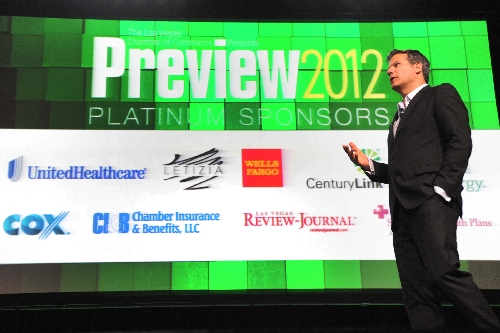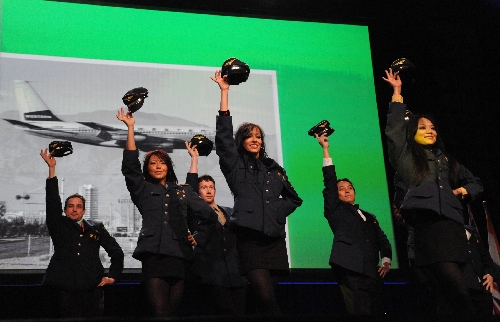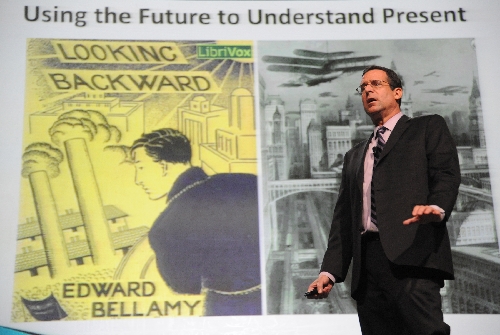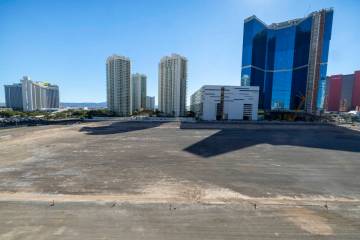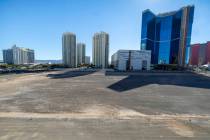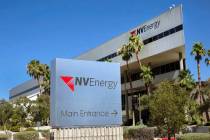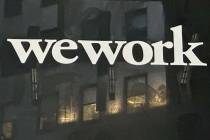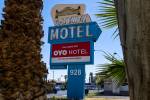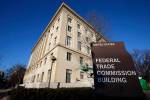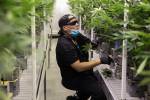Analyst: Forget the boom, focus on recovery
Las Vegas is a city that doesn't look back.
It's a town where once-grand hotels and resorts disappear in an instant, leaving the desert to be scraped clean for the next big thing.
Now, more than ever, that capacity to always focus on tomorrow is a strength, speakers said Thursday at the annual Las Vegas Chamber of Commerce annual economic forum.
Jeremy Aguero, principal analyst of consulting firm Applied Analysis, drove home that point with a series of graphics showing that virtually all economic measures signal that Las Vegas is healing after years of deep recession.
Rather than comparing current conditions to the best of times and feeling depressed, he told an audience of about 2,000 at the Cox Pavilion at the University of Nevada, Las Vegas, focus on the city's growth since the recession began.
"So much attention has been drawn to the peak we had and dropping off that peak," Aguero said. "Let's transition then. Let's take a look at where we've come, from the trough, coming back up."
The mood at Preview, which featured speeches from former Mayor Oscar Goodman, Brookings Mountain West Director Robert Lang and University of Toronto professor and author Richard Florida, was decidedly more optimistic than in years past.
Economic indicators today are up compared with one or two years ago. Tourism remains strong, with the visitor count in 2012 is expected to be a record of 40 million or more, Las Vegas Convention and Visitors Authority President and CEO Rossi Ralenkotter said. Average daily room rate, which dropped to a dismal $84 in August 2009, rose to $105 in December 2011.
Other indicators also continue to improve, though none as significantly as tourism.
Nevada's population increased by 1.2 percent from 2009 to 2011. Some 16,700 jobs have been added since the economy crashed, 15,200 in hospitality alone since March 2010. The average income for Nevadans rose just slightly, from $40,400 to $40,900.
"Even slow growth is better than the declines we've witnessed over most of the last three years," Aguero said.
Gaming companies, many of which were forced to restructure their finances after taking on too much debt, have largely recovered, investing $954 million into Strip properties during the recession.
Even when measured by somewhat silly standards -- like increased purchases of men's underwear and Frappuccinos at Starbucks -- the economy is slowly rebounding.
Of course, the indicators are nowhere near the highs of the mid-2000s. But that's the thing about bubbles. They're so wildly inflated that normal levels of economic activity seem weak. Low. Something to worry about.
There are still problem areas and indicators that are cause for concern.
"The housing market remains a mess," Aguero said.
More than $90 billion in home equity has been lost. About one in four offices are vacant. Existing-home prices fell further to a median of $118,000 in January.
But the economy is resetting itself, and the state government plans to urge it along.
Gov. Brian Sandoval earlier this week released Nevada's first detailed economic diversification plan based on November recommendations from the Brookings Institution and SRI International.
"Unlike previous plans, (this plan) was codified in the government. This plan was, 'We're doing this. Get onboard.' Everybody did get onboard," Brookings Mountain West's Lang said. "People stopped the cynicism, stopped the divide, and looked at one another in the eye and realized this is the time to remake this region."
At Preview, Lang imagined Las Vegas circa 2030, if the city follows the diversification plan put in place this year.
Some of Lang's prognostications: Las Vegas will be part of a megaregion with parts of Arizona, California and Utah. Forget the north, Lang said. (No offense, Reno.) The major cities of the southwest will have linked up by 2030, connected by a power grid and high-speed rail. Las Vegas will also lead the world in Internet gaming and conventions. In 18 years, Las Vegas meetings and conferences will be one of the few opportunities for colleagues to interact in person.
(Las Vegas' roads will still look like a bowl of noodles in 2030, in case you were hoping for smoother traffic flow in the future.)
Downtown Las Vegas in the future will be the cultural and creative playground people are currently envisioning. Florida, author of urban development treatises "The Great Reset" and "Rise of the Creative Class," said changes are already visible.
"I was here eight months ago, the day the mayor (Carolyn Goodman) was elected ... and I can see the progress you've made," Florida said. "I think it's time to step it up further."
Redevelopment of a city's urban core alone can take the better part of a generation. Las Vegas may be able to pull it off in about five years, Florida said.
Contact reporter Caitlin McGarry at cmcgarry@reviewjournal.com or 702-387-5273.



